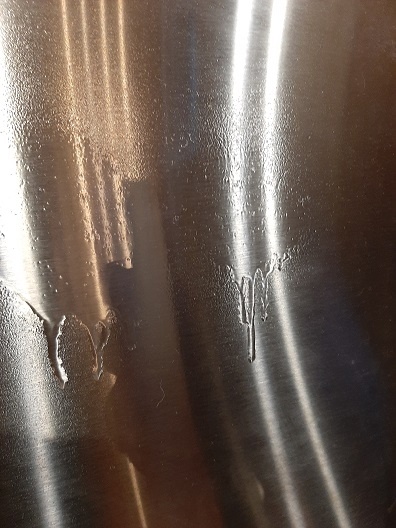
Surface disinfection involves pacifying pathogens on inanimate surfaces. The frequency and extent of surface disinfection depends on the application, situation, and risk potential.
Surface disinfection destroys or deactivates bacteria, fungi, and viruses, preventing their growth and reproduction. Generally, surface disinfection can be classified into the following applications:
Domestic Surface Disinfection: Domestic surfaces include all inanimate surfaces found in the household. These surfaces include toilets, baths, showers, doorknobs, tables, countertops, appliance remotes, etc.
Public Surface Disinfection: Keeping a workplace clean and free of pathogens can be a major challenge. Everyone has experienced the office emptying out during flu season or being paranoid of everyone sneezing.
Any public place can incubate germs, because not only is everyone in a contained space, but common areas and fixtures are also used regularly (kitchens, bathrooms, doorknobs, stairways, light switches, etc.)
For this reason, disinfecting hard surfaces in public places is critical to general health.
Surface Disinfection in Healthcare Facilities is very different from Domestic and Public Surface Disinfection because hospitals deal with sick people, who have compromised immune systems and who are also a source of infection.
Surface Disinfection in Animal Husbandry: Disinfecting surfaces in animal husbandry facilities is key for animal health, as well as a farm’s productivity.
© Osorno Enterprises Inc.